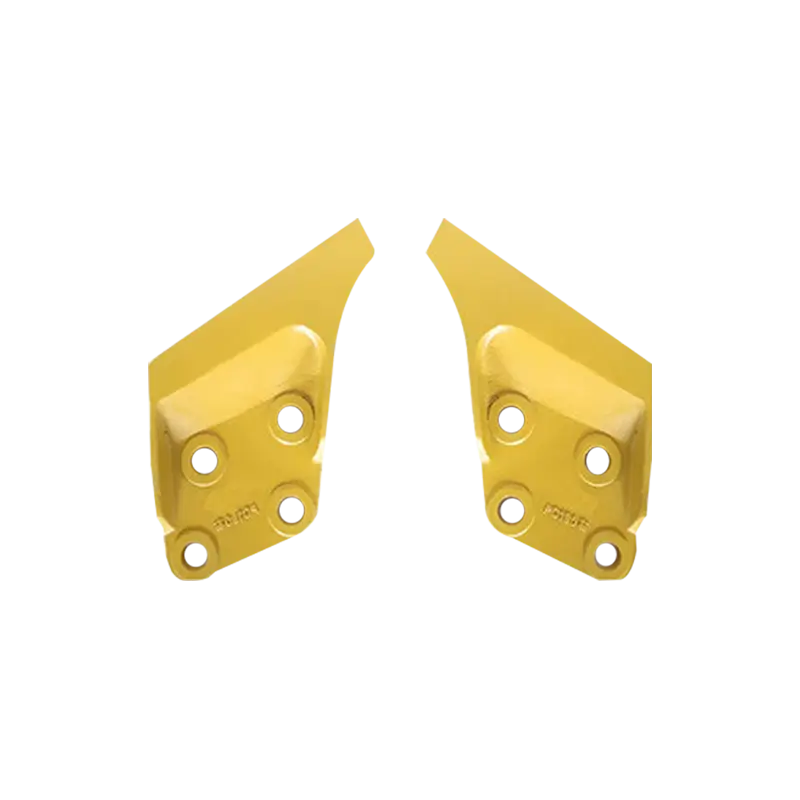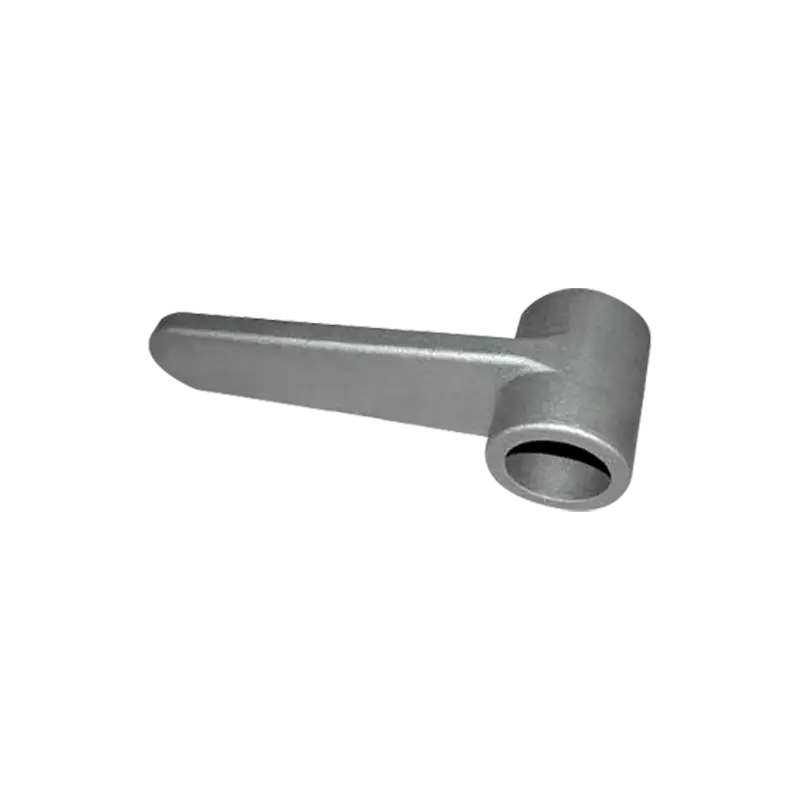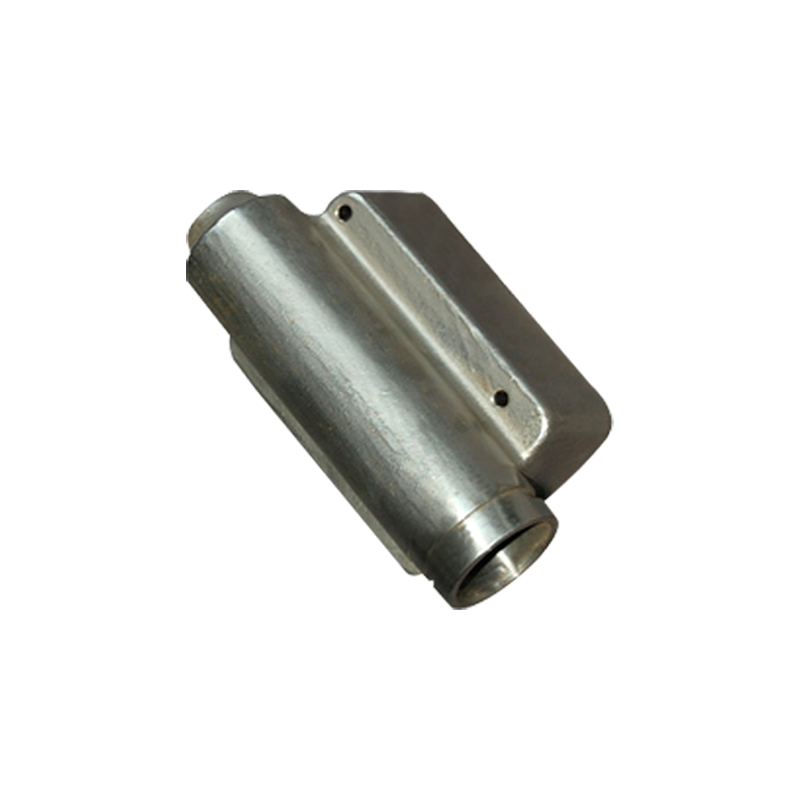Our quality assurance services and processes ensure the reliability of our products and your satisfaction.
In modern railway systems, the modular design of Train Casting steel Track bracket Parts supports is completely changing the traditional maintenance and upgrade mode. This innovative engineering solution has brought significant efficiency improvements and cost savings to railway operating units through systematic structural optimization and standardized interface design.
The core of modular design lies in decomposing the traditional integrated structure into multiple functionally independent standardized units. Taking the bogie area of high-speed trains as an example, engineers divide the entire support system into three functional units: load-bearing modules, connection modules, and buffering modules. Each unit is manufactured using precision casting technology to ensure dimensional tolerances are controlled within ± 0.5mm. This design allows maintenance personnel to only replace specific modules when a component is worn or damaged, without having to disassemble the entire support system. Practical data shows that this targeted maintenance can shorten the traditional 8-hour maintenance task to less than 2 hours.
In terms of installation efficiency, modular design introduces revolutionary fast connection technology. All interfaces adopt standardized flange connections with high-strength bolts for fixation, and are equipped with specially developed positioning and guiding devices, which greatly improves the installation accuracy and speed of the new module. A practical application case of a high-speed railway line shows that the use of a new modular bracket reduces the on-site installation time of track equipment by 60% compared to traditional welded structures. All connection nodes are designed with anti misoperation structures to ensure fast and accurate assembly even at night or in adverse weather conditions.
For system upgrades, modular architecture demonstrates unique advantages. With the continuous development of railway technology, when new shock absorption devices or monitoring sensors need to be introduced, engineers only need to redesign specific functional modules to achieve system upgrades, without having to replace the entire support structure. This "plug and play" feature reduces the cost of technical iteration by about 40%. In a freight dedicated line renovation project in operation, it was thanks to modular design that the intelligent upgrade and renovation of 2000 brackets were completed in just 72 hours.
In terms of maintenance economy, the value of modular design is more prominent. Traditional integral brackets often result in the entire component being scrapped due to local damage, while modular structures can achieve over 85% material reuse. According to statistics from a subway operating company, the use of modular brackets has reduced annual maintenance material costs by 35%, while train downtime caused by maintenance has decreased by 50%. Of particular note is that all key modules are designed with residual life indicator devices, which help maintenance personnel accurately grasp the timing of replacement through visual wear markings.
This design concept has more advantages in dealing with sudden failures. In a tunnel seepage accident, the modular supports in the damaged section were completely replaced within 12 hours, while traditional structures are expected to require at least three days of maintenance time. The rapid response capability ensures that the line can resume operation in the shortest possible time, minimizing accident losses.
 Language
Language
 FT CASTING
FT CASTING















